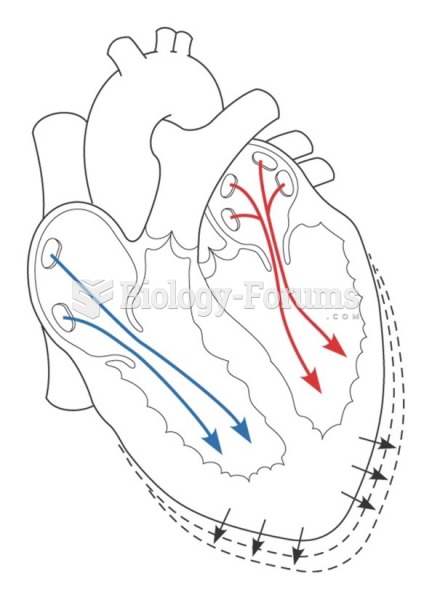This topic contains a solution. Click here to go to the answer
|
|
|
Did you know?
The top five reasons that children stay home from school are as follows: colds, stomach flu (gastroenteritis), ear infection (otitis media), pink eye (conjunctivitis), and sore throat.
Did you know?
More than 34,000 trademarked medication names and more than 10,000 generic medication names are in use in the United States.
Did you know?
Illicit drug use costs the United States approximately $181 billion every year.
Did you know?
Earwax has antimicrobial properties that reduce the viability of bacteria and fungus in the human ear.
Did you know?
To combat osteoporosis, changes in lifestyle and diet are recommended. At-risk patients should include 1,200 to 1,500 mg of calcium daily either via dietary means or with supplements.
 In this painting evangelist George Whitefield appears to be cross-eyed. This is no fault of John Wol
In this painting evangelist George Whitefield appears to be cross-eyed. This is no fault of John Wol
 The 2-deoxyglucose technique. The accumulation of radioactivity is shown in three frontal sections ...
The 2-deoxyglucose technique. The accumulation of radioactivity is shown in three frontal sections ...
 The myeloma cells do not grow in a selective media called HAT because they cannot synthesize DNA ...
The myeloma cells do not grow in a selective media called HAT because they cannot synthesize DNA ...




